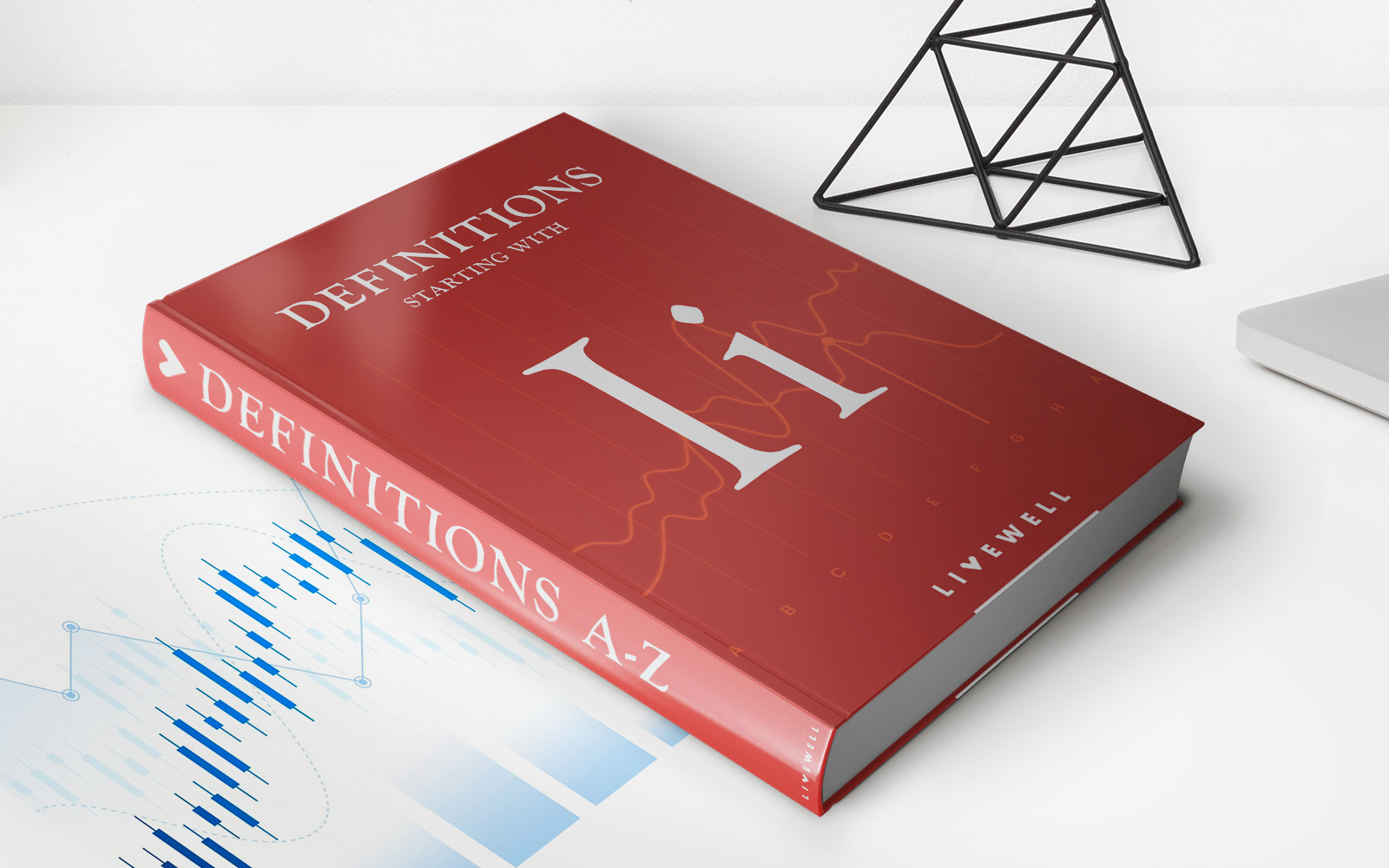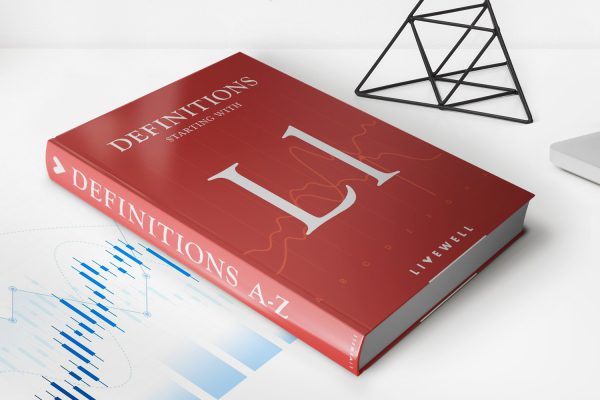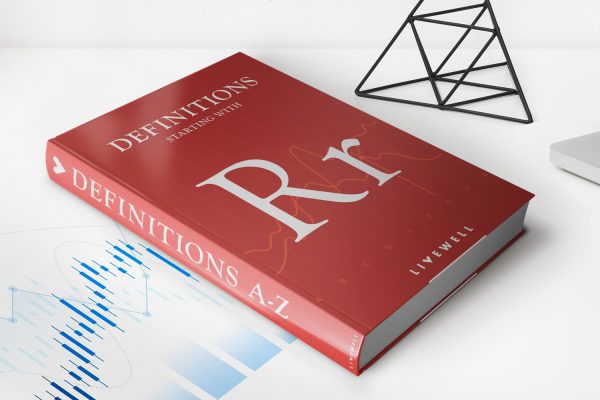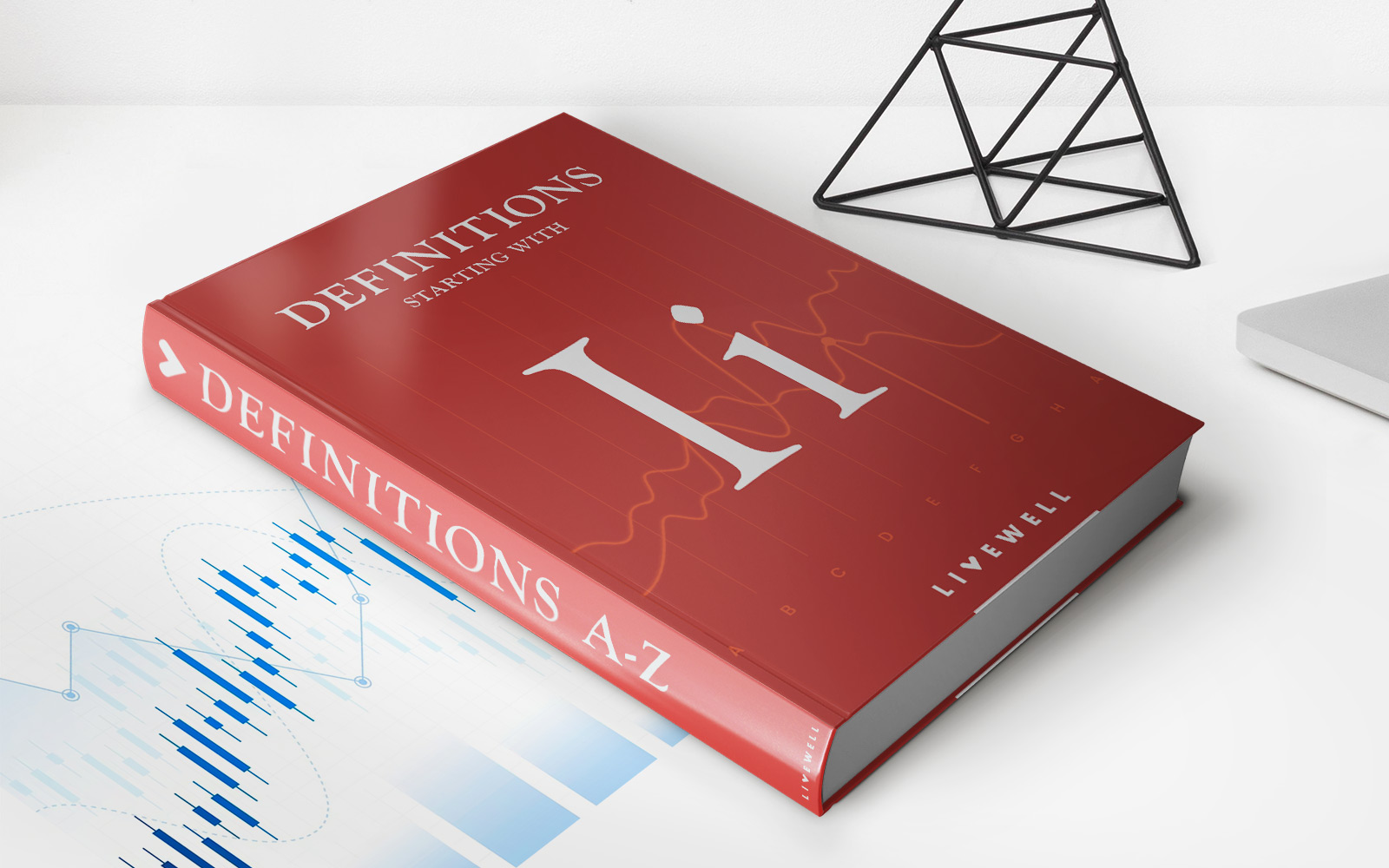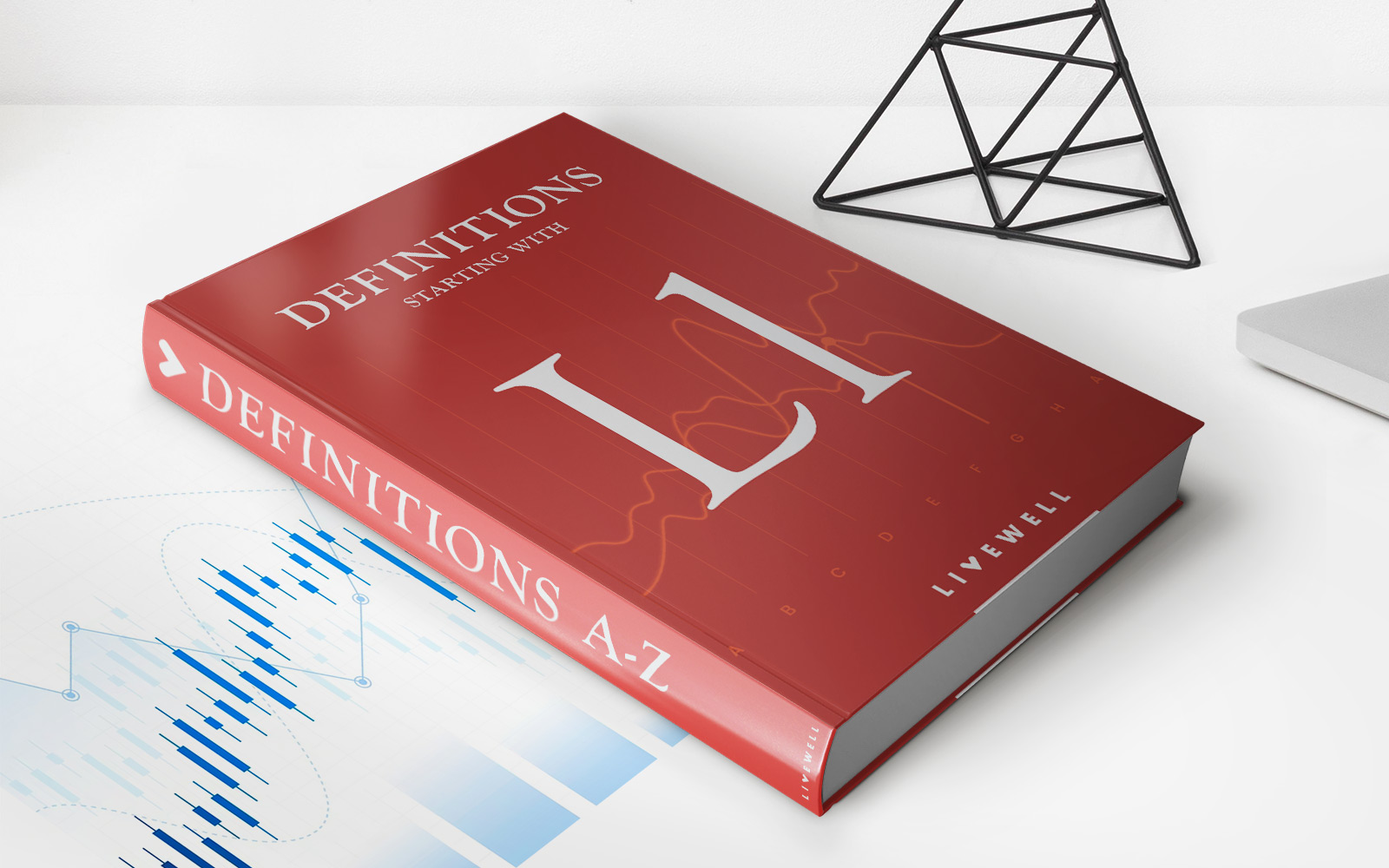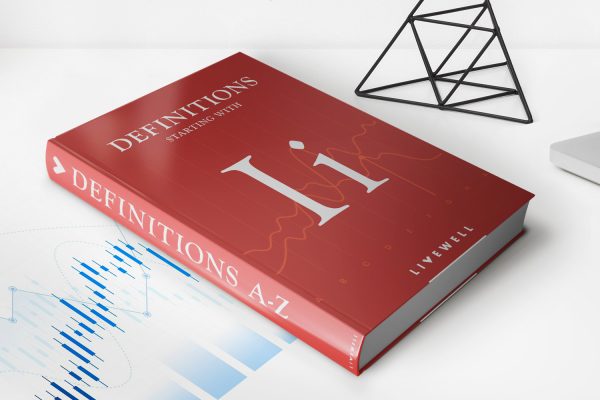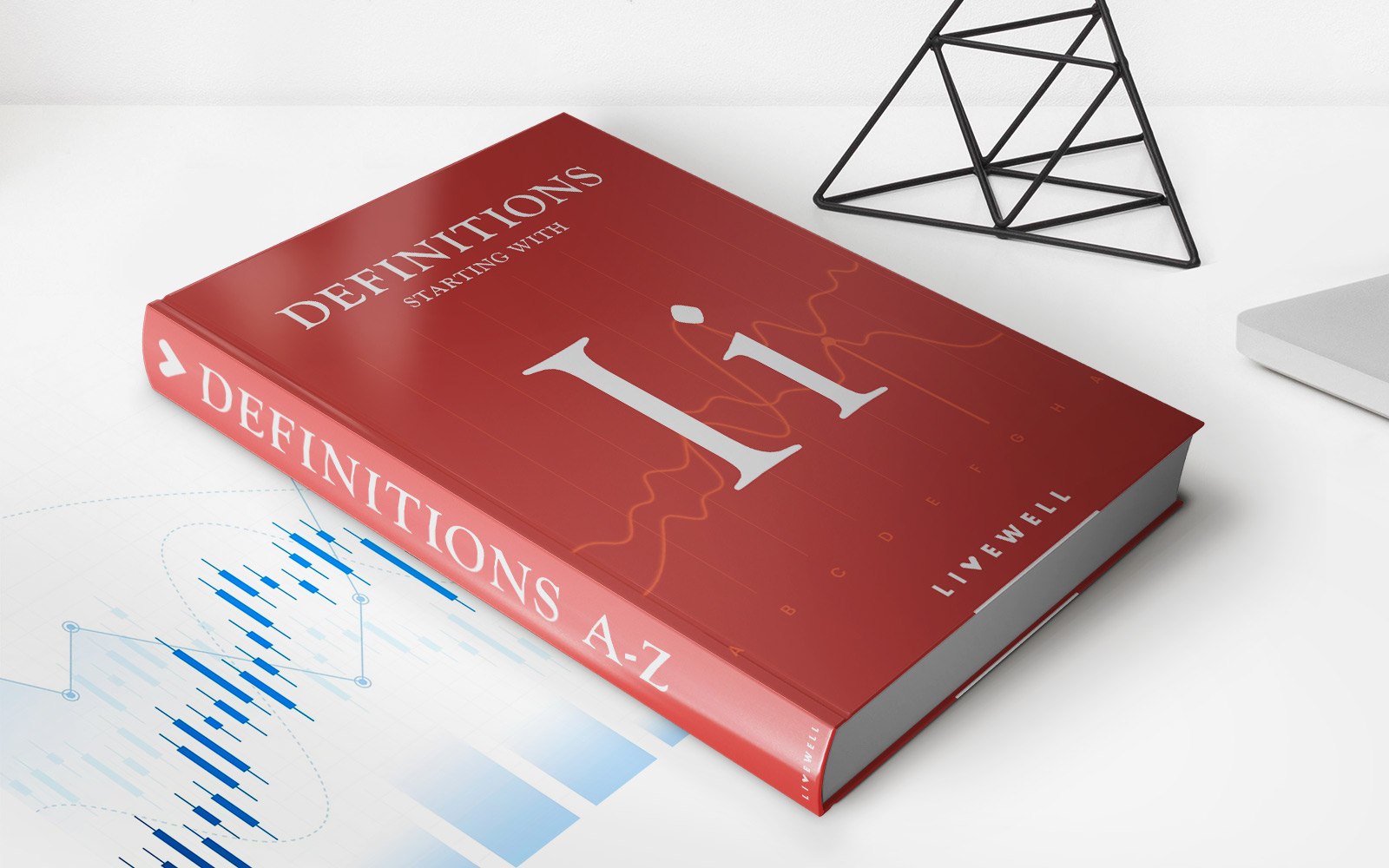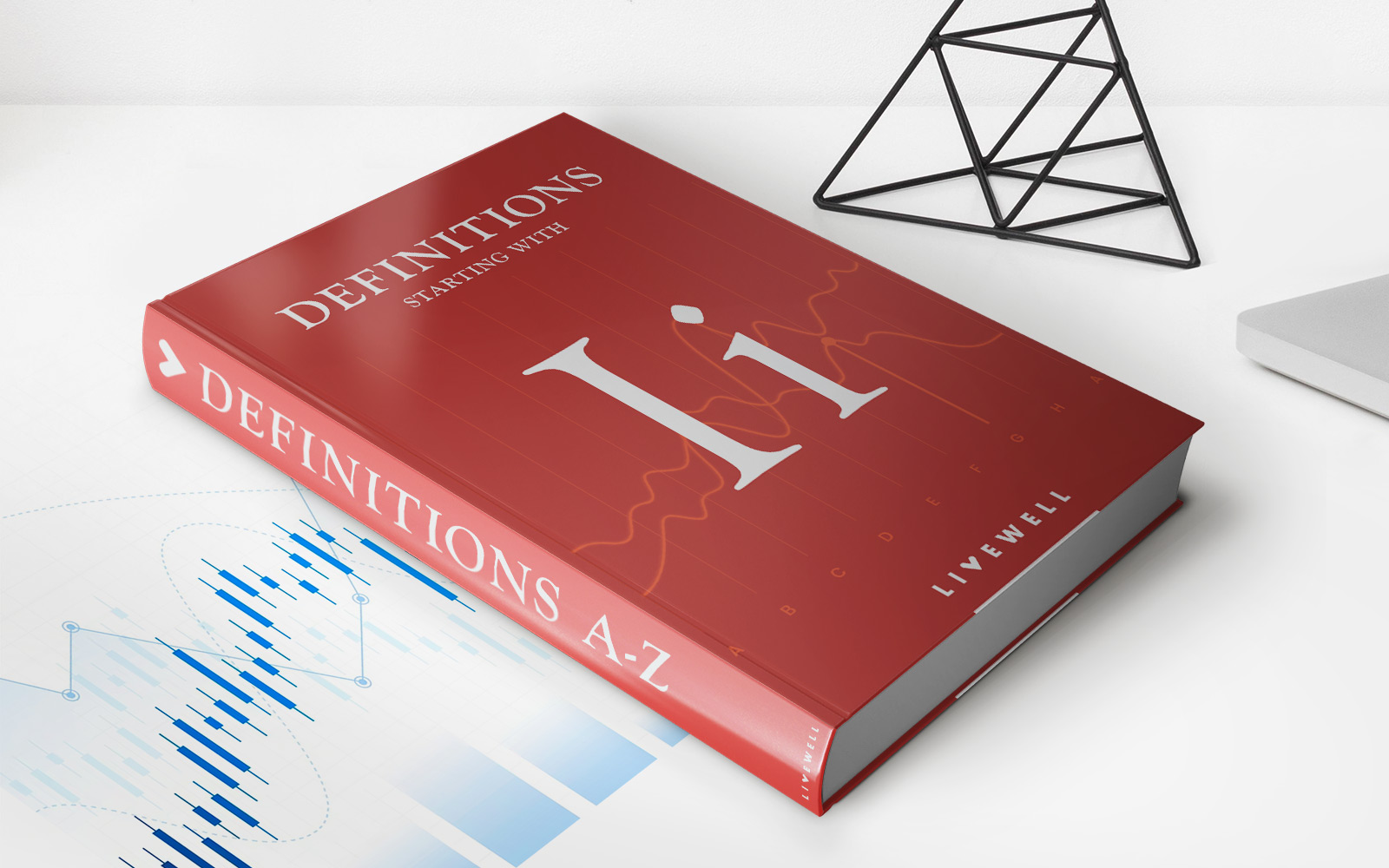

Finance
Long Run Incremental Cost (LRIC) Definition
Published: December 20, 2023
Learn about Long Run Incremental Cost (LRIC) and its definition in the field of finance. Discover how LRIC impacts financial decision-making and optimization.
(Many of the links in this article redirect to a specific reviewed product. Your purchase of these products through affiliate links helps to generate commission for LiveWell, at no extra cost. Learn more)
Understanding Long Run Incremental Cost (LRIC) in Finance
Finance is a vast field with various concepts and theories that drive decision-making processes. One such concept that plays a crucial role in determining costs and profitability is Long Run Incremental Cost (LRIC). In this blog post, we will delve into the definition and importance of LRIC, shedding light on its significance in the finance industry.
What is Long Run Incremental Cost (LRIC)?
LRIC is a concept used in finance to determine the cost of producing an additional unit in the long run. It helps businesses evaluate the impact of producing more goods or services on their overall costs and profitability. LRIC incorporates all the additional resources and expenses required to increase production, making it an essential tool for financial analysis and decision-making.
Key Takeaways:
- LRIC determines the cost of producing an additional unit in the long run.
- It includes all the additional resources and expenses required to increase production.
The Importance of LRIC in Finance:
Now that we understand the basic definition of LRIC, let’s explore why it is important in the field of finance:
- Accurate Cost Evaluation: LRIC enables businesses to accurately evaluate their production costs when considering expanding operations. By including all the additional expenses, such as hiring more staff, purchasing new equipment, or increasing marketing efforts, LRIC provides a comprehensive view of the resources required to meet increased demand.
- Profitability Analysis: With LRIC, businesses can assess the impact of increasing production on their overall profitability. By comparing the incremental cost of producing an additional unit with the expected revenue generated from selling that unit, companies can make informed decisions regarding their production levels. This analysis helps optimize profitability and guides strategic planning.
- Long-Term Planning: LRIC takes into account the long-run perspective of cost analysis. It helps businesses forecast the sustainability of their production levels over an extended period. By considering all the additional costs and resources required in the long run, companies can mitigate risks and make informed decisions that align with their long-term goals.
In conclusion, Long Run Incremental Cost (LRIC) is a crucial concept in the world of finance. By incorporating all the additional expenses and resources required in the long run, LRIC provides businesses with a comprehensive view of the costs associated with increasing production. This understanding enables accurate cost evaluation, profitability analysis, and long-term planning, making LRIC an essential tool for financial decision-making.
